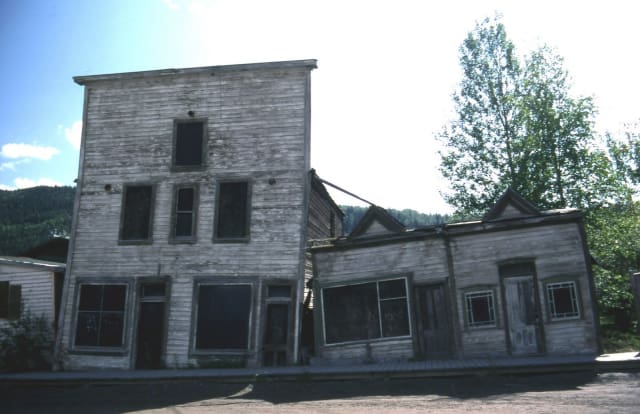
A building in northern Canada shows the risks of uneven settling associated with permafrost thaw. A recent study suggests that these kinds of thaws might cause more damage to infrastructure as the Arctic heats up. (Image courtesy of Andrew Slater.)
A new Global Water Futures study suggests that, due to increasing average global temperatures, some parts of the Arctic will be far warmer and wetter than expected by 2099, news that could spell trouble for northern infrastructure.
While the predicted increase in temperature and precipitation could lead to increased flooding, the real risk comes from below: a potential 9.8-inch-deep thaw in the frozen ground. “These are greater impacts than anything I’m aware of,” says lead author John Pomeroy, director of Global Water Futures.
Pomeroy’s study looked specifically at the area around Havipak Creek, a river in Canada’s Northwest Territories. The creek is especially significant because it crosses the Dempster Highway, the arterial road connecting the Northwest Territories to southern Canada. Pomeroy and his team created a climate model and a hydrological model of the area, using modelling techniques sophisticated enough to look within an area of four square kilometers (1.5 square miles). They used data gathered between 1960 and the present day to test the model.
If greenhouse gas emissions remain the same, the study projects that the region will warm by a little over six degrees Celsius by 2099 (on top of the…

